Aussiedoodle: Dog Breed Characteristics and Care
The Aussiedoodle is a cross between an Australian shepherd and a standard poodle. Aussiedoodles are energetic, medium-to-large dogs that may not bother people with allergies and are highly intelligent. To top it off, if dog lovers are looking for a smaller variety of this breed, the Aussiedoodle is even available in a miniature version when it is crossed with a miniature poodle.
Learn about the characteristics, history, and care needs of the Aussiedoodle.
Breed Overview
Group: Designer
Height: 20-25 inches
Weight: 60-75 lbs
Coat: Straight to curly
Coat Colors: Merle, tri-color, chocolate, fawn, cream, and many others
Life Span: 10-14 years
Temperament: Playful, intelligent, friendly
Hypoallergenic: Sometimes
Origin Country: United States
Characteristics of the Aussiedoodle
The standard Aussiedoodle can weigh up to 75 pounds and come in a variety of coat colors and styles. The poodle half makes them a low-shedding dog, so they could be a good fit for allergy sufferers. Because this mixed breed is a cross between two well-established pure breeds, the specific characteristics of each Aussiedoodle can vary slightly but overall they are very smart, playful, and great with kids.
| Affection Level | Medium-High |
| Friendliness | Medium-High |
| Kid-Friendly | High |
| Pet-Friendly | Medium |
| Exercise Needs | High |
| Playfulness | High |
| Energy Level | High |
| Trainability | High |
| Intelligence | High |
| Tendency to Bark | Medium |
| Amount of Shedding | Low-Medium |
History of the Aussiedoodle
Similar to when other doodle dogs began appearing, the Aussiedoodle was purposefully bred starting in the 1990s. Australian shepherds were bred with standard poodles to capture the best of both breeds. Miniature poodles were also eventually used to scale down the Aussiedoodle and create the miniature Aussiedoodle.
Aussiedoodle Care
Aussiedoodles are a combination of two brilliant and active dogs, so caring for them will require a lot of exercise and mental stimulation to keep them happy. They also require regular grooming.
Exercise
Aussiedoodles come from two active breeds. The Australian shepherd was bred to herd and the poodle was bred to hunt. Aussiedoodles are no different and will need regular opportunities to run and play. Daily walks and a yard to play in are ideal for this energetic breed.
Grooming
Aussiedoodle fur will continuously grow, but shedding is minimal. Aussiedoodles can have straight hair, curly hair, or any type in between but regular brushing and haircuts are needed. Regular baths, ear cleanings, nail trims, and teeth brushing are also necessary to keep them clean and looking their best. Expect to visit a groomer at least every couple of months.
Training
While very smart, Aussiedoodles still need basic training to know right from wrong. You'll want to harness their intelligence from an early age with training and socialization. Advanced tricks or skills, agility courses, fly ball, obedience trials, or other opportunities are great ways to keep them mentally stimulated. If an Aussiedoodle gets bored or doesn't have good manners, their energy and smarts can get them into trouble.
Common Health Problems
All dogs are susceptible to health problems and the Aussiedoodle is no exception. In addition to the common issues that may result from environmental factors, Aussiedoodles are also susceptible to some congenital issues that many other hybrid dog breeds don't usually encounter.
- Hip dysplasia
- Cataracts
- Progressive retinal atrophy
- Epilepsy
- Autoimmune thyroiditis
- Sebaceous adenitis
- Periodontal disease
- Parasites
Because of the higher risk of Aussiedoodles having health issues, owners should be aware that this breed is likely to cost more to insure than other hybrids.
Diet and Nutrition
Like all dogs, the Aussiedoodle should eat a nutritionally complete diet formulated for dogs by veterinary nutritionists to thrive. This may be a store-bought kibble or a specially crafted diet. When feeding, measure out the appropriate amount of food based on your dog's weight, age, activity, and caloric content to prevent obesity and other health issues. If you aren't sure what or how much to feed, ask your veterinarian for recommendations.
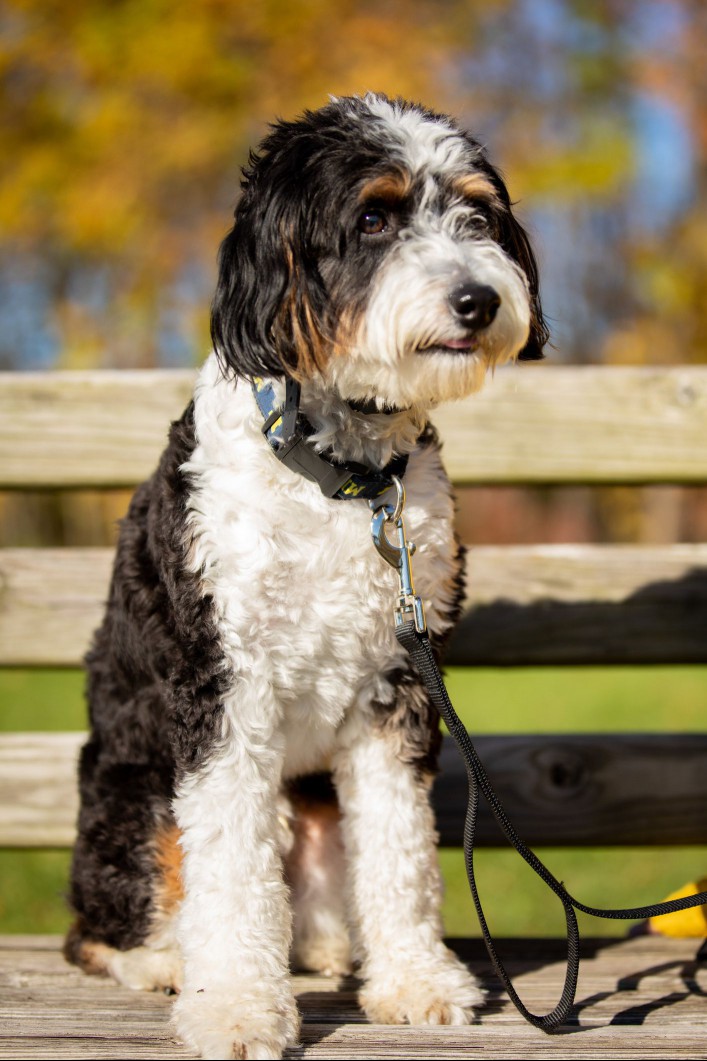
Andrew Mitchell / Getty Images
Where to Adopt or Buy an Aussiedoodle
Aussiedoodles are fairly easy to find in the United States. Look for a breeder that allows you to visit the parents and ideally has had them checked for eye and hip issues that could potentially be passed on to the puppies. Some rescues and shelters may have Aussiedoodles, but if you are looking for a puppy, your best bet is to find a breeder. Expect to pay anywhere from $1200 to $4000.
Aussiedoodle Overview
The Aussiedoodle can make a great addition to an active family that enjoys involving their dog in daily activities. This breed is very smart and requires regular mental stimulation in addition to exercise. They are minimal shedders, may be tolerated by people with allergies to other dogs, and require regular grooming to keep their hair trimmed and clean.
Pros of the Aussiedoodle
- Intelligent and will pick on tricks easily
- Low shedding
- Great companion for active families
Cons of the Aussiedoodle
- Can get bored easily without proper mental stimulation
- Needs space to play and exercise
- Require regular grooming
More Dog Breeds and Further Research
If you’re interested in breeds that are similar to the Aussiedoodle, check out these other breeds:
- Goldendoodle
- Bernedoodle
- Cavapoo
- Are Aussiedoodles good apartment dogs?
No, Aussiedoodles are not good apartment dogs. This breed needs more space than most apartments can offer.
Are Aussiedoodles good family dogs?Yes! Aussiedoodles are typically good family dogs. They are easily trained to be around children and love to play.
What were Aussiedoodles bred for?Aussiedoodles were bred to be companions. The hybrid was developed to provide a minimally shedding dog with unique color options that's smart and active.
RECOMMENDED NEWS

Crate Training Your Puppy
There are a number of reasons to crate train your dog. Most puppies and adult dogs feel m...

Is Tuna Good For Dogs?
Tuna—especially the canned variety—is a staple product in most homes, providing the p...

Zinc Poisoning in Dogs
Zinc is an essential trace element that is found naturally in meat, nuts, and a few other...

How to Identify and Treat Incontinence in Senior Dogs
Older dogs of both sexes can struggle with incontinence, which is the inability to contro...

Bilious Vomiting Syndrome in Dogs
For dogs that vomit bile on occasion and are otherwise in good health, with a normal body...

Podenco (Pods): Dog Breed Characteristics & Care
The podenco is a small to large-sized hound dog breed from the Mediterranean region, espe...
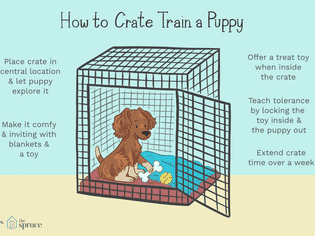
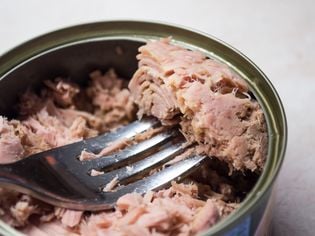
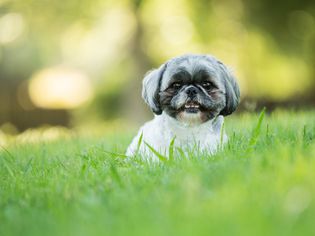
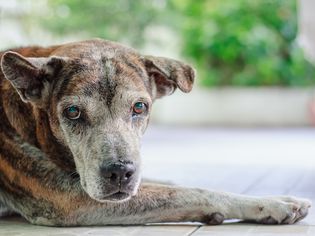
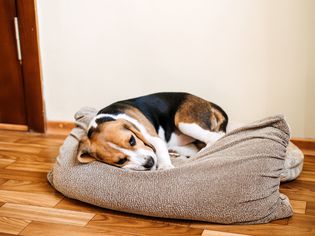
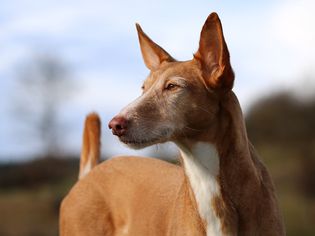
Comments on "Aussiedoodle: Dog Breed Characteristics and Care" :